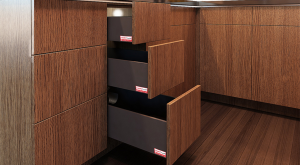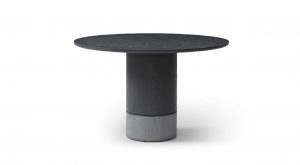Featured Post
Common Furniture Scratches and How to Fix Them: A Comprehensive Guide
Furniture scratches happen to everyone, especially on dining tables and chairs used every day. Whether it’s your favorite dining set or elegant dining furniture for formal rooms, this guide will help you fix scratches and bring back their beauty with simple, practical solutions.
Why Furniture Scratches Happen
Scratches on furniture are annoying, especially when they ruin the look of your dining set. They can come from daily use—like sliding plates across a table—or accidents, like dropping a heavy dish. I’ve seen this firsthand with my own wooden dining table, where small marks turned into a big headache. Knowing how to handle them can save your furniture and your wallet.
Types of Scratches You’ll See
Not all scratches are the same. Some are light and easy to fix, while others dig deep into the wood. Here’s what you might find on your furniture:
- Surface Scratches: These only hit the top layer, like the finish.
- Deep Scratches: These cut into the wood itself.
- Gouges: These are the worst—big chunks missing from the surface.
Each type needs a different fix, and I’ll walk you through them step-by-step.
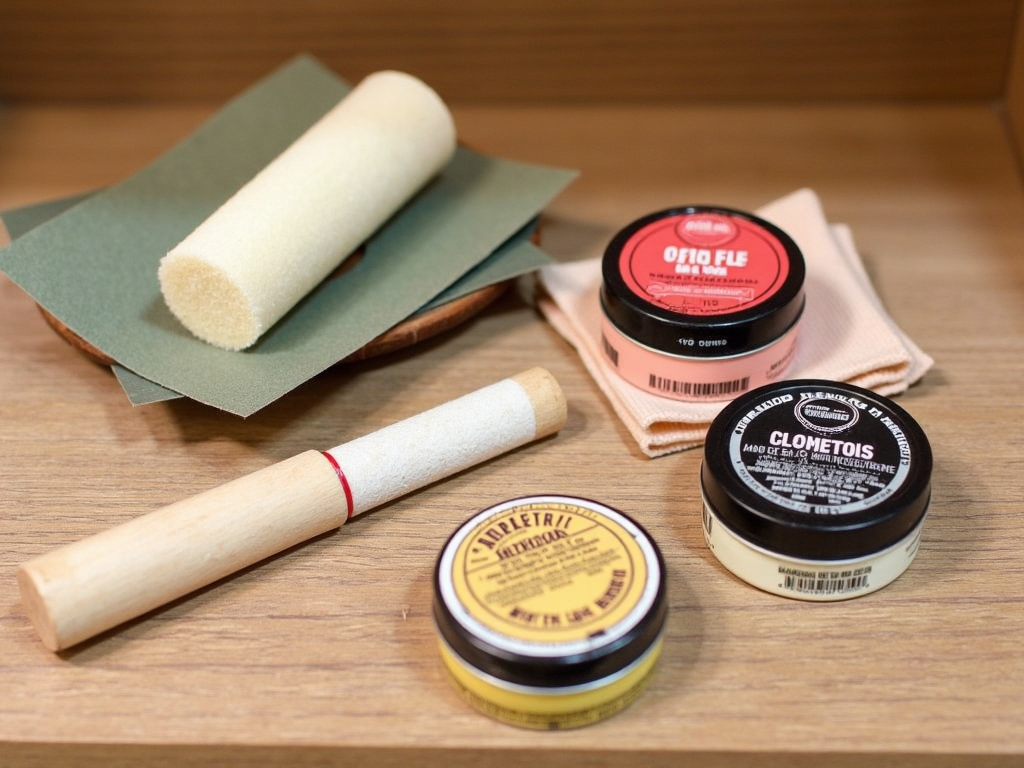
Fixing Surface Scratches
Surface scratches are the easiest to deal with. They’re common on dining sets from everyday use—like when someone forgets a coaster. I’ve fixed plenty of these on my table, and here’s what works:
- Clean the area: Wipe it with a damp cloth and mild soap, then dry it.
- Try a quick fix: Mix equal parts olive oil and vinegar. Rub it into the scratch with a soft cloth. It’s amazing how this blends the mark away.
- Use a repair kit: For slightly bigger scratches, grab a wax stick or marker that matches your furniture color. Rub it in and buff it smooth.
Test anything new on a hidden spot first. For more tips, check out Fixing Scratches in Wood from Popular Woodworking Magazine.
Tackling Deep Scratches
Deep scratches go beyond the finish and into the wood. They’re trickier, but you can still fix them at home. I once had a deep scratch on a chair leg from moving it carelessly—here’s how I fixed it:
- Clean it: Use soap and water, then dry it well.
- Sand it: Grab 220-grit sandpaper and lightly sand along the wood grain. Don’t overdo it!
- Fill it: Apply wood filler that matches your furniture. Smooth it with a putty knife and wipe off extra.
- Finish it: After it dries, sand again, then add a matching stain or polish.
It takes patience, but the result is worth it.
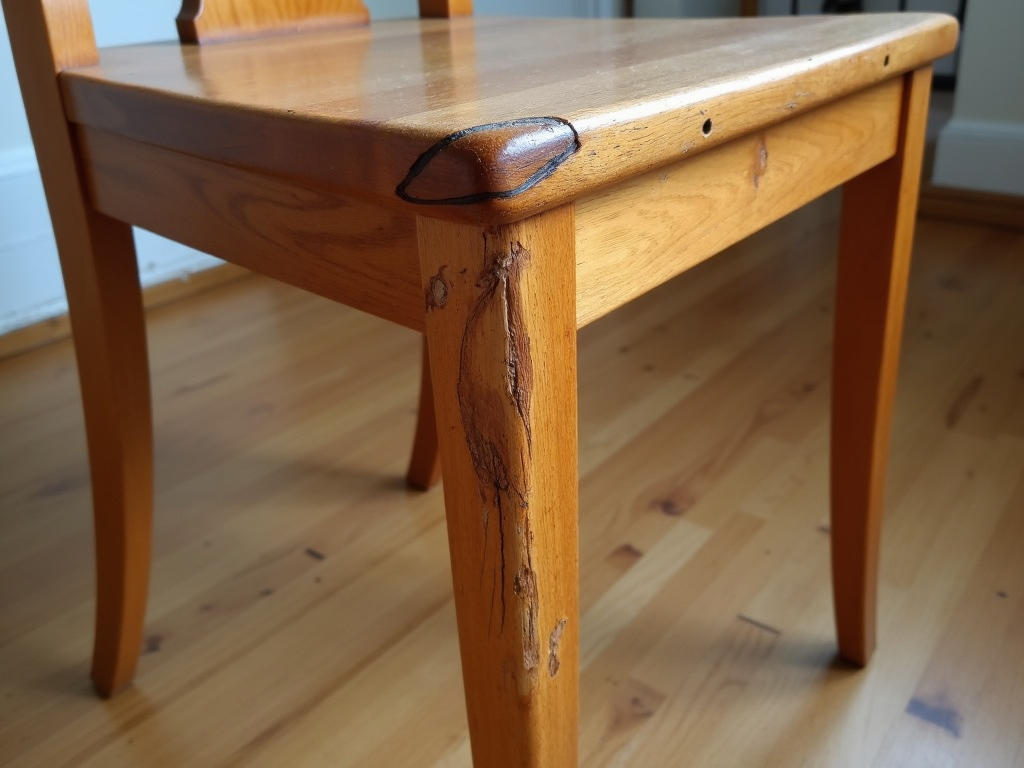
Repairing Gouges
Gouges are the toughest. They’re deep holes or dents, often from dropping something heavy. My dining table got a gouge once when a guest dropped a serving tray. Here’s how to fix it:
- Clean the spot: Remove dirt with soap and water.
- Fill it: Use wood epoxy or a two-part filler. Mix it up, press it in, and smooth it out.
- Sand it: Once dry, sand it level with fine-grit sandpaper.
- Match it: Stain or polish it to blend with the rest.
For big gouges, you might need a pro—more on that later.
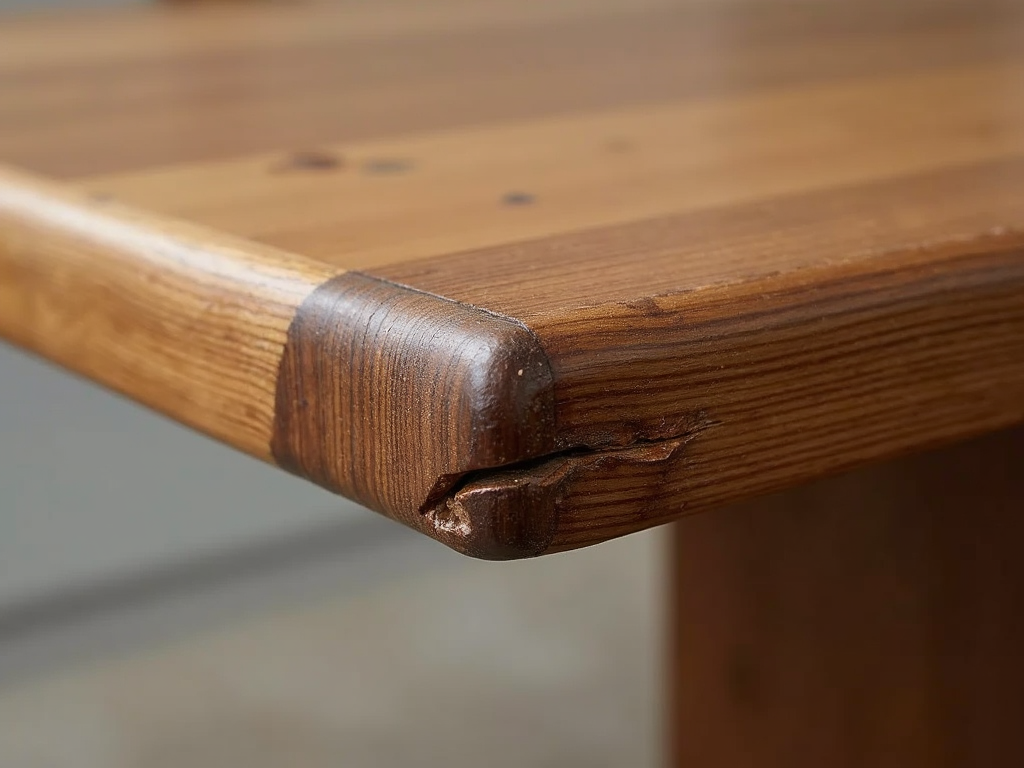
Understanding Your Wood
Not all wood scratches the same way. Softwoods like pine scratch easily, while hardwoods like oak hold up better. My dining set is maple—pretty tough, but still not invincible. Knowing your wood helps you fix it right. Softwoods need a light touch, while hardwoods can take more sanding. Check your furniture’s type before starting.
Preventing Furniture Scratches
Fixing scratches is great, but stopping them is better. Here’s what I’ve learned:
- Use protection: Coasters and placemats save your table from dishes and glasses.
- Lift, don’t drag: Moving things? Pick them up instead of sliding them.
- Add pads: Stick felt pads under chair legs to avoid marks.
The University of Minnesota Extension has a great guide on this—see Caring for Wood Furniture for more.
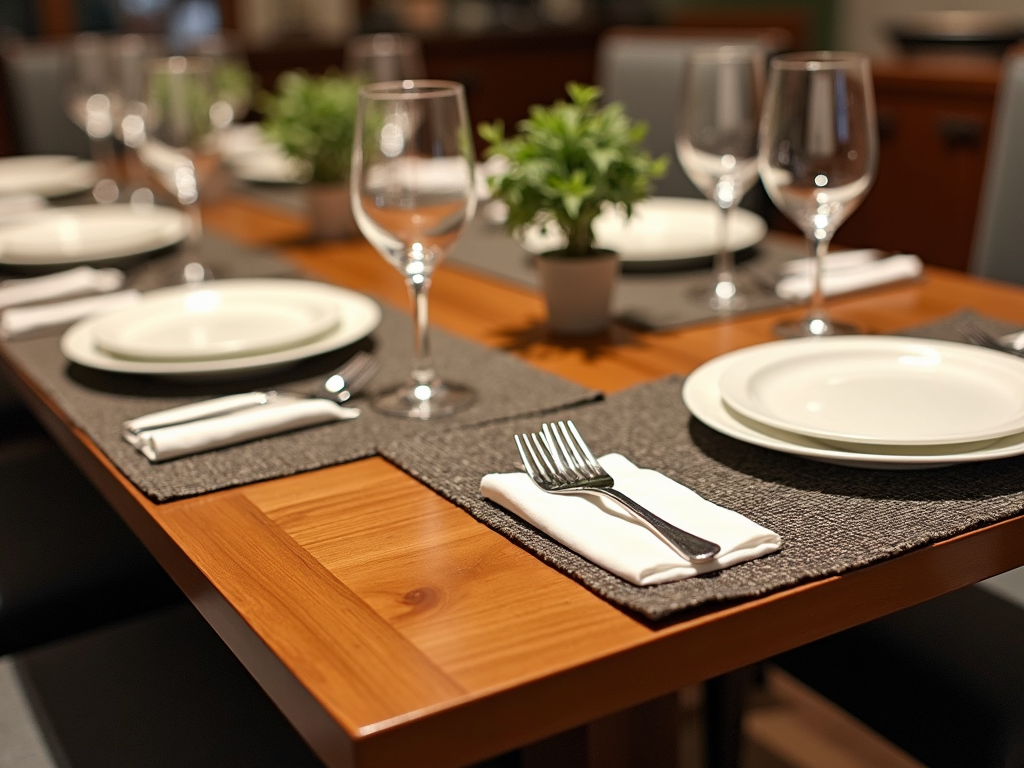
Top Tips for Maintaining Wooden Dining Furniture
Keeping your furniture looking good takes a little effort. I’ve got an elegant dining set for my formal room, and these habits keep it pristine:
- Dust often: Use a soft cloth to stop dust from scratching.
- Wipe spills fast: Water can damage wood if it sits.
- Polish it: A good wax or polish every few months adds a protective layer.
It’s simple stuff, but it makes a huge difference.
Matching the Finish
When you fix a scratch, the repair should blend in. I learned this the hard way when a wax stick left a weird patch on my table. Match the color and shine—test products first. If it’s tricky, a furniture store can help you find the right stain.
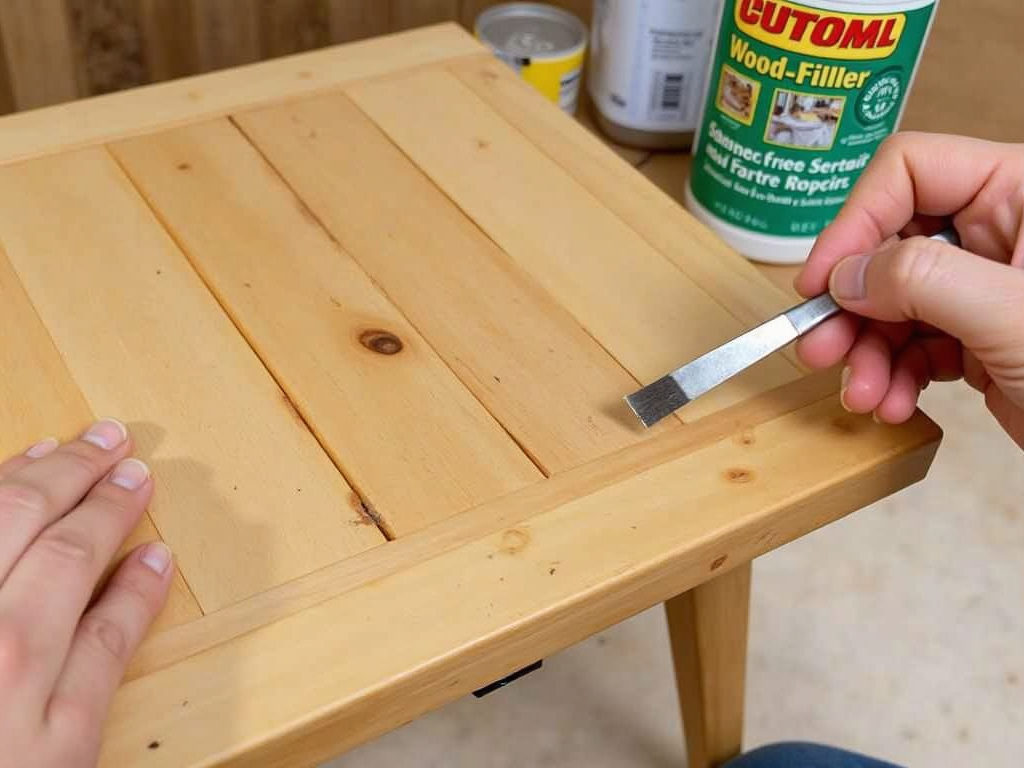
When to Call a Pro
Some damage is too big for DIY. If your dining set has huge gouges or broken parts, a professional can save it. I once called someone for a cracked table edge—it was worth it. Look for restorers with good reviews if you go this route.
Tools You’ll Need
Here’s a quick list of what helps with scratch repairs:
| Tool | Use |
|---|---|
| Sandpaper | Smooths scratches |
| Wood filler | Fills deep marks |
| Wax stick | Covers surface scratches |
| Soft cloth | Applies polish or oil |
Keep these handy, and you’re ready for most fixes.

Wrapping It Up
Scratches don’t have to ruin your furniture. With the right tricks, you can fix common furniture scratches and keep your dining set looking great. Take care of your elegant dining furniture for formal rooms, and it’ll stay beautiful for years. Try these fixes, and enjoy your refreshed space!







